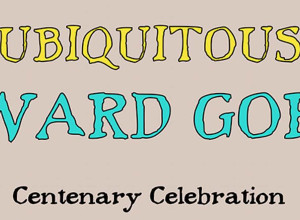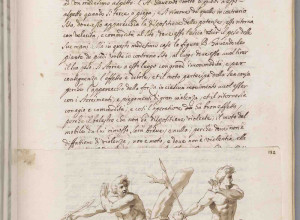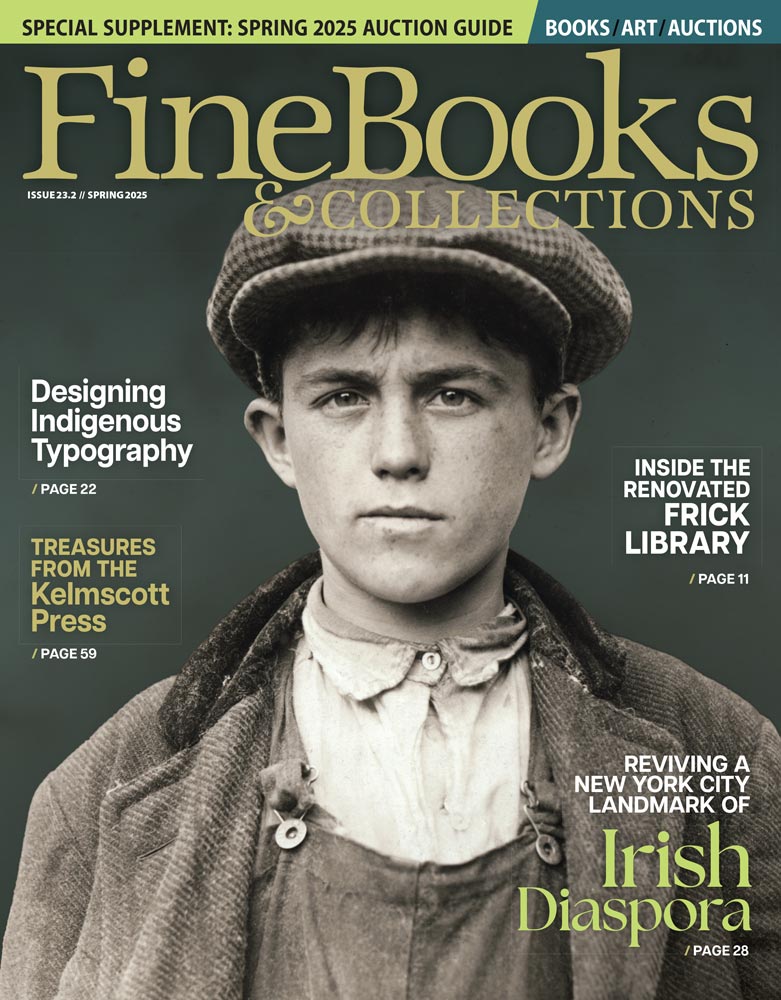‘Fog everywhere’ writes Dickens in his opening passage to Bleak House, describing a common experience for many Victorian Londoners. ‘London Ivy’, or ‘pea soupers’ as they were known, were heavy, dense fogs of greens, yellows, rust colours or black – even all of these colours at once. They were foul smelling and left greasy deposits all over the city. A consequence of homes and industries burning coal in a densely packed city, the London ‘pea souper’ grew more frequent during Dickens’s lifetime as the city’s population grew speedily and the Industrial Revolution took hold of the country.
This new exhibition peers through the London fog to explore the circumstances that created this problem and how Dickens was inspired by the phenomenon. Dickens describes the fog most famously in his novel Bleak House but it also creeps into his other works such as Our Mutual Friend, A Christmas Carol, and The Old Curiosity Shop, and creates the essential elements of a dark and filthy ‘Dickensian’ London. Among the items on display are a first edition of Dickens’s ‘foggiest’ novel, Bleak House, an original pen and wash illustration by Frederick Barnard, who was employed by Dickens’s publisher, Chapman & Hall, to illustrate the ‘Household Edition’ of nine of Dickens’s works (1871-1879), and Dickens’s own fire poker, used to tend his dining room fire while he lived at Gad’s Hill. Smoke and air pollution continued to plague London into the twentieth century, as it does today, and the exhibition also examines the London experience of air pollution in the modern city.
Wed - Sun 10am - 5pm (last entry at 4pm)
Free with entry to the Museum
Charles Dickens Museum
48-49 Doughty Street
London, UK
















